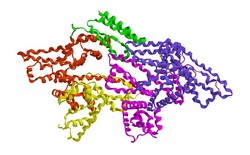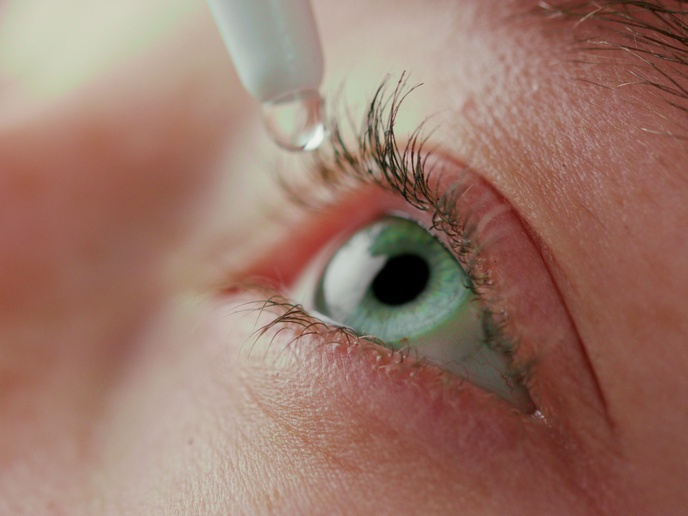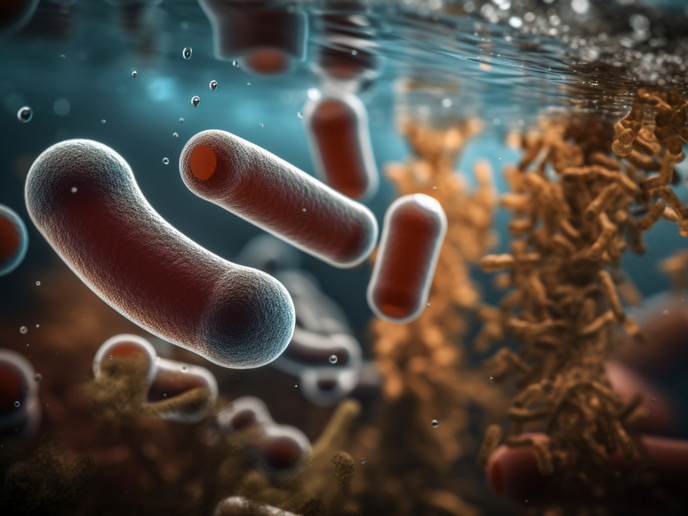Electrically conductive scaffolds from albumin
ET is essential for numerous biochemical processes such as redox reactions, catalysis, and phosphorylation. The CONPILUS (In-vitro self-assembly of bacterial pilus toward understanding biological long-range electron transport and the formation of conductive polymers for tissue regeneration) project has elucidated long-range ET in two types of protein-based systems. The goal is to use them as scaffolds for cardiovascular and neuronal regeneration. Researchers used the protein bovine serum albumin (BSA) to form hydrogels as well as mats and characterised the electrical conduction of these structures. Both structures proved to be good conductors of protons. However, doping the protein-based material with hemin molecules led to a significant increase in conductivity due to the addition of a new ET mechanism across the material. CONPILUS extensively characterised the morphological and mechanical properties of the protein-based systems with and without hemin doping. The BSA hydrogels with their highly elastic properties proved to be more suitable for cardiac tissue engineering whereas the BSA mats promoted formation of neuronal networks. In both cases, hemin doping significantly enhanced cell attachment and spreading. In other words, researchers successfully produced a strongly beating hydrogel composed of cardiomyocytes as well as BSA mats fully covered with neurons. Impressive is the fact that the CONPILUS team has utilised commercially available BSA to produce electrically conductive scaffolds. As the human form of the protein can easily be used instead of BSA, scaffolds made from such proteins could prove invaluable in tissue engineering applications, disease modelling, green energy production and drug testing.







